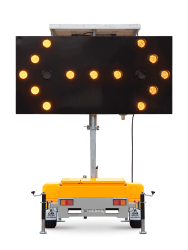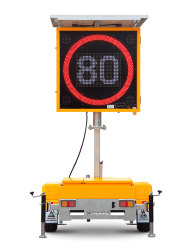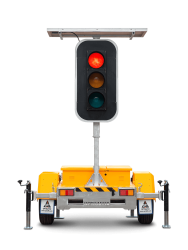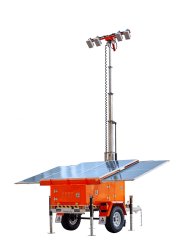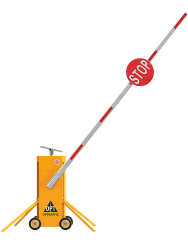
What Is a Safety VMS?
Have you ever seen such signs on highways? Large LED screens display various traffic instructions and warnings like “Slow down”, “Stop”, “Speed limit 60”, and more. Electronic LED tools like these used to display information about special events are called variable message signs.
VMS is a type of electronic equipment used to convey critical messages and information, which typically consists of a large LED screen that displays graphics, text, and symbols mounted on a portable trailer, pole, or vehicle, allowing it to be easily deployed and moved to different locations as needed.
The VMS has been deployed on New Jersey toll roads since at least the 1950s. Back then, variable message signs included static signs with illuminated text (often using neon tubes) indicating the type of event occurring, or signs using rotating prisms (tri-prisms) to change the displayed information. Since the late 1990s, the latest LED display screen technology has been applied to VMS. This article primarily focuses on electronic VMS.
Types of VMS
There are three main types of VMS that are suitable for different situations and scenarios.
Fixed VMS: Fixed VMS, also known as permanent VMS, is typically installed on telegraph poles or gantries on highways, roads, or urban areas to provide continuous traffic updates and control.
Vehicle-Mounted VMS: Vehicle-mounted variable message signs are installed on vehicles like trucks or vans, which are portable and can be effortlessly transported to various locations as required.
VMS Trailer: VMS trailers are portable signs mounted on trailers that can be towed by vehicles. They serve a variety of purposes and can be swiftly deployed in various locations.
Based on the characteristics and usage scenarios, variable message signs manufactured by OPTRAFFIC are divided into the following six types.
Portable Traffic Message Signs
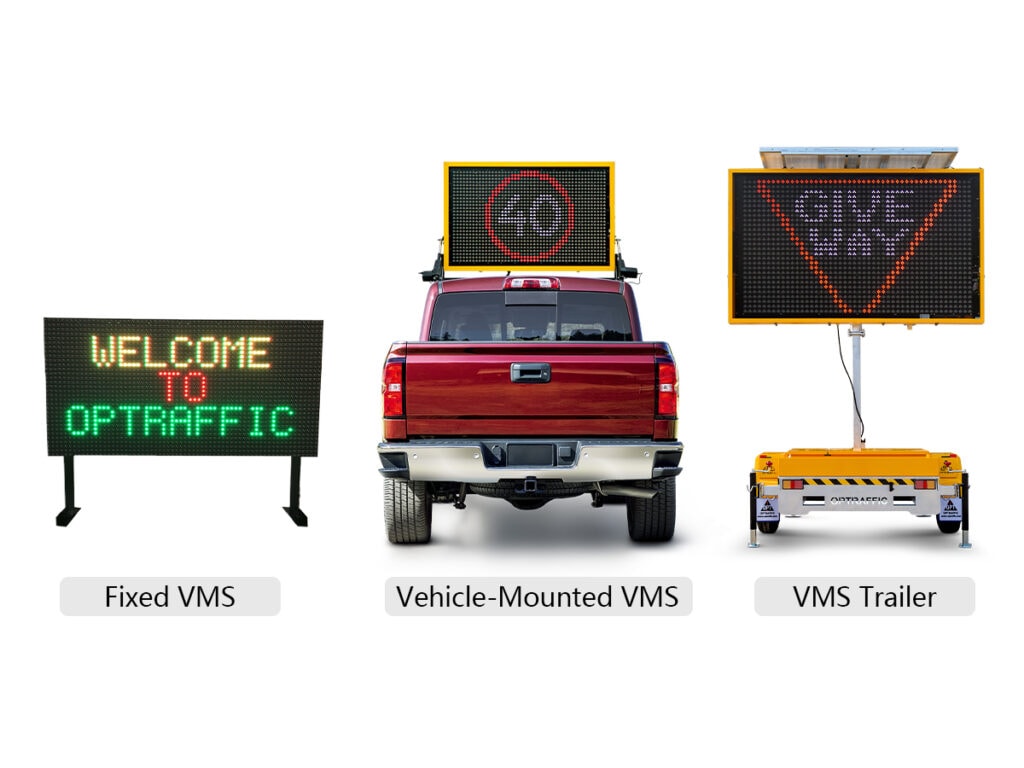
Color and Pattern of VMS
LED screens are often able to display information in a variety of colors and modes. The color, pattern & text are customizable based on user preferences.
Color: VMS can use different colors to convey diverse meanings or urgency levels. Variable message signs of OPTRAFFIC are manufactured in three color variants: monochrome, multicolor, and full-color.
Pattern: Bright and clear patterns and text can attract attention or emphasize urgent information. In OPTRAFFIC’s WEB system, there are 200+ preset patterns and texts available, and users can also customize as needed.
Overall, the colors and patterns of VMS are carefully selected to ensure clear communication of information to drivers, while maximizing visibility and effectiveness, especially in adverse weather.
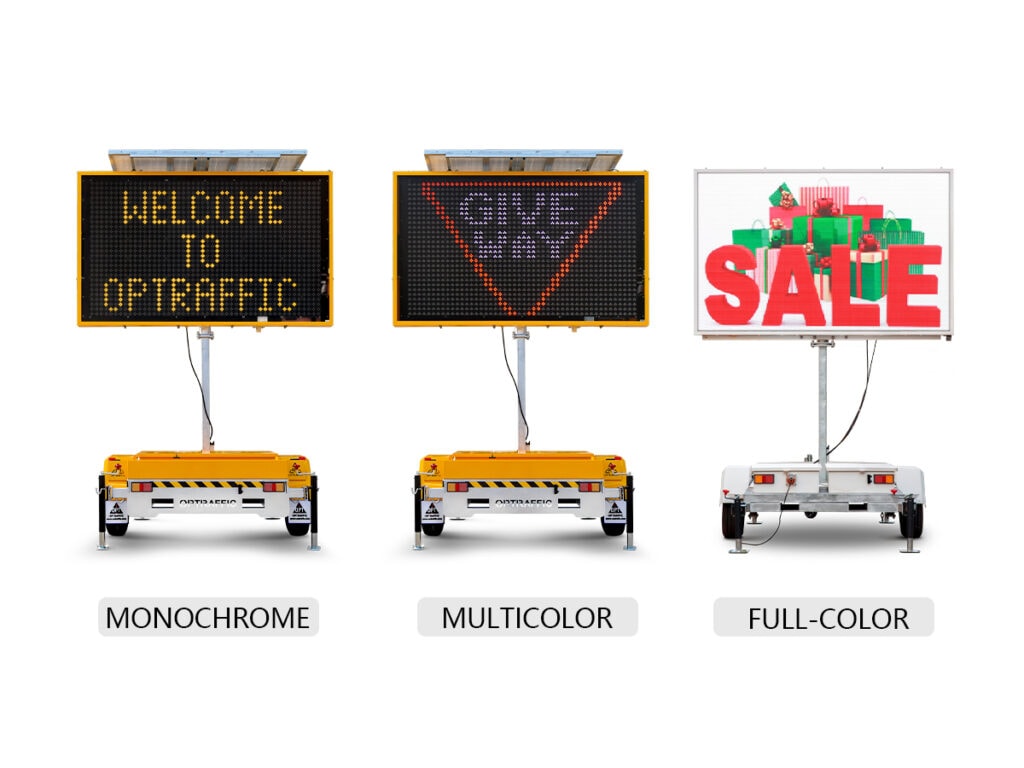
Solar Power and Battery of VMS
VMS primarily utilizes solar energy as its primary power source. Equipped with solar panels on its top, the VMS captures sunlight and transforms it into electricity, which is stored in batteries for uninterrupted operation, even during low light conditions like nighttime or cloudy days.
Solar power allows VMS to operate uninterruptedly, reducing reliance on traditional power sources and minimizing environmental impact. There are many benefits of this sustainable energy, including low cost, high effectiveness, low carbon emissions, and high installation adaptability.
Years of experience and customer feedback have proven that OPTRAFFIC solar power VMS can operate continuously in high latitude and low light areas without the need for charging, relying on solar-converted electricity.

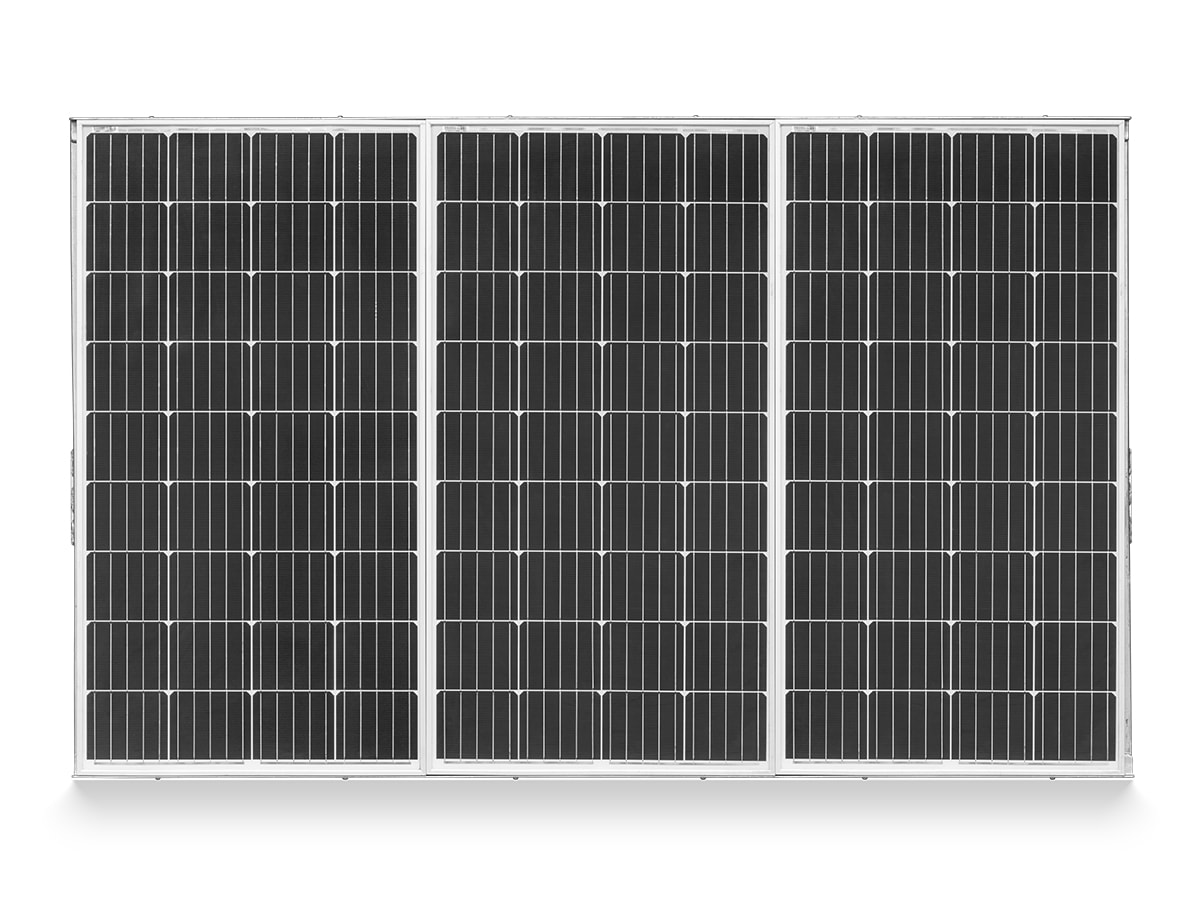
How Do Variable Message Signs Work?
Variable message signs are strategically placed in different locations, such as highways, urban areas, and construction sites. After positioning, the operator selects suitable patterns on the controller and inputs relevant information such as traffic advice, road conditions, or safety instructions. Then, the data is transmitted to VMS, processed there, and finally displayed on the LED screen. The real-time information on VMS provides drivers and pedestrians with timely updates and guidance for traffic and flow management. Real-time monitoring and adjustment can ensure the effectiveness of VMS in optimizing traffic management and enhancing road safety.
VMS Boards Used for Multiple Industries
VMS is widely used in various industries due to its effectiveness in conveying important messages and information. Here are the industries that use VMS.
Traffic safety: In order to improve road safety and reduce traffic accidents, VMS boards are extensively used to display crucial road information like traffic congestion, lane closures, and others to drivers and pedestrians.
Public safety: VMS boards can display emergency alerts, evacuation instructions, and other important information in natural disasters, terrorist attacks, or other emergency situations to maintain order.
Emergency service: The fire department and rescue team are also buyers of VMS boards, as they can convey safety instructions to the public in the event of a fire or other incident.
Law enforcement: Law enforcement agencies, such as traffic police, use VMS boards to display traffic laws, checkpoints, and other related information to prevent illegal behavior and promote public compliance with regulations.
Transportation and logistics: VMS boards help transportation and logistics companies manage traffic flow, guide trucks to loading terminals, and display real-time transportation schedules.
Construction: Construction sites often use VMS boards to remind drivers of road closures, detours, and construction areas to improve the safety of workers and drivers.
Municipal services: The municipal authorities use VMS boards to inform residents of community activities, road maintenance plans, utility work, and other municipal services to increase public participation and awareness.
Health department: Health departments can deploy VMS boards to communicate public health advisories, vaccination clinics, disease outbreaks, and other health-related information.
Competition & activities: VMS boards are used for sports events, festivals, concerts, and other events, providing attendees with activity schedules, parking instructions, and safety reminders.
Business: Enterprises can use VMS boards for advertising, promotions, store guidance, and other marketing purposes to attract customers and increase brand visibility.
In short, VMS boards play an important role in various industries.
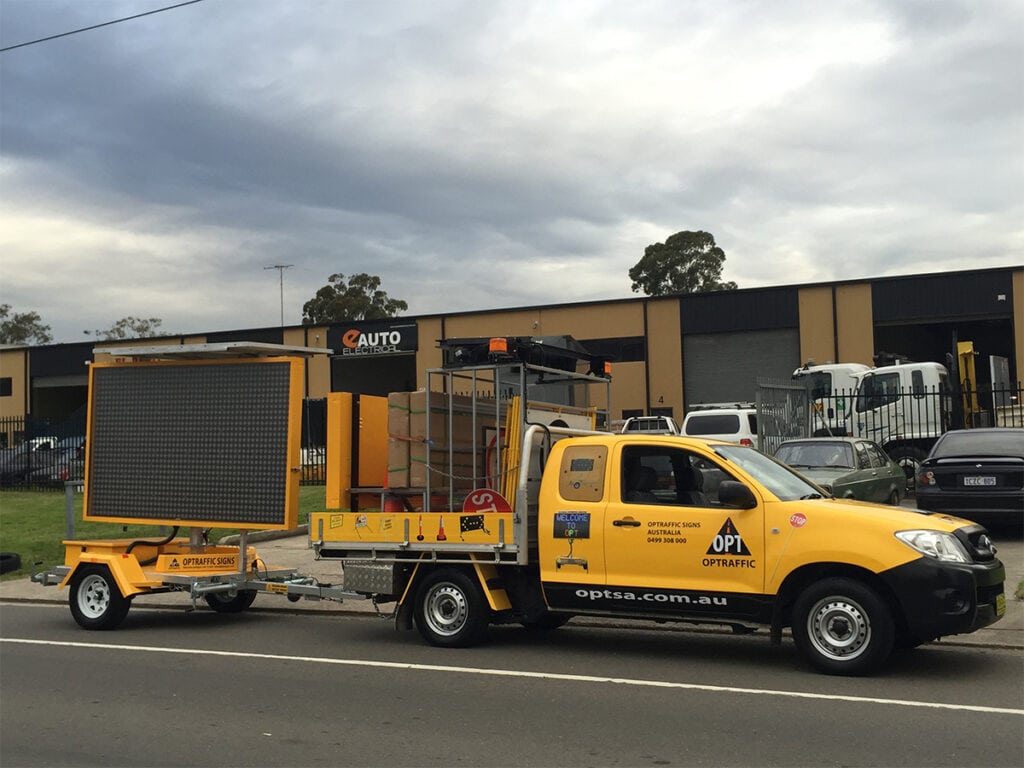
What Are the Benefits of VMS?
The widespread use of VMS in various industries is due to its outstanding functions and advantages. Below are 6 major benefits of VMS.
Improve Safety
Protecting pedestrians and drivers: VMS helps drivers make informed decisions and drive safely by providing real-time information about road conditions, hazards, and other traffic events. In addition, VMS can also display safety information to pedestrians, reminding them to walk on pedestrian crossings, pay attention to oncoming vehicles, or remain vigilant in busy areas.
Protecting law enforcement officers: VMS assists manage traffic flow, control speed, and enforce traffic regulations without requiring police to stand on the road, thereby reducing the relationship between law enforcement officers and potential hazards and protecting their lives.
Improve Efficiency
The VMS minimizes delays and improves overall road safety by providing real-time information, promoting communication with drivers, and optimizing traffic flow, greatly improving work efficiency and traffic management efficiency.
Cost Saving
Reduce labor costs: VMS can automatically perform tasks, such as directing traffic or updating information. A person can manage multiple devices simultaneously and solve multiple situations through OPTRAFFIC’s WEB system. VMS significantly reduces labor costs related to traffic management.
Lower infrastructure costs: Compared to traditional static signs, portable VMS requires less infrastructure investment. It can be easily installed and moved to different locations as needed, eliminating the need for expensive permanent installation.
Solar energy and low energy consumption: VMS are generally equipped with solar panels to reduce reliance on traditional power sources. In addition, VMS adopts energy-saving LED technology to minimize energy costs.
Portable
VMS was designed with portability and flexibility in mind, vehicle-mounted VMS and VMS trailer can be easily transported and deployed in different locations.
Portable VMS is typically used for temporary activities or emergencies, such as road construction, accident sites, or building areas, as it can be easily towed to a location, quickly installed, and adjusted as needed for quick response. Portable VMS can also be deployed in remote areas where permanent infrastructure may be impractical.
Actual usage data proves that VMS manufactured by OPTRAFFIC can be deployed by a single person within five minutes.
Remote Control
The remote control function allows users to manage VMS from any location, typically through a software interface or mobile application
Users can access the OPTRAFFIC WEB system by computers, tablets, or smartphones connected to the Internet, or handheld controllers, and set text, symbols, and patterns to display on the LED screen, without having to arrive at the VMS location. Real-time updates of information help users timely release important information, such as traffic warnings, road closures, emergency notices, and event announcements. In addition, users can remotely monitor VMS, and view its location, performance, and status, including power, connectivity, and display functions.
The VMS remote control function provides users with convenient and efficient management.
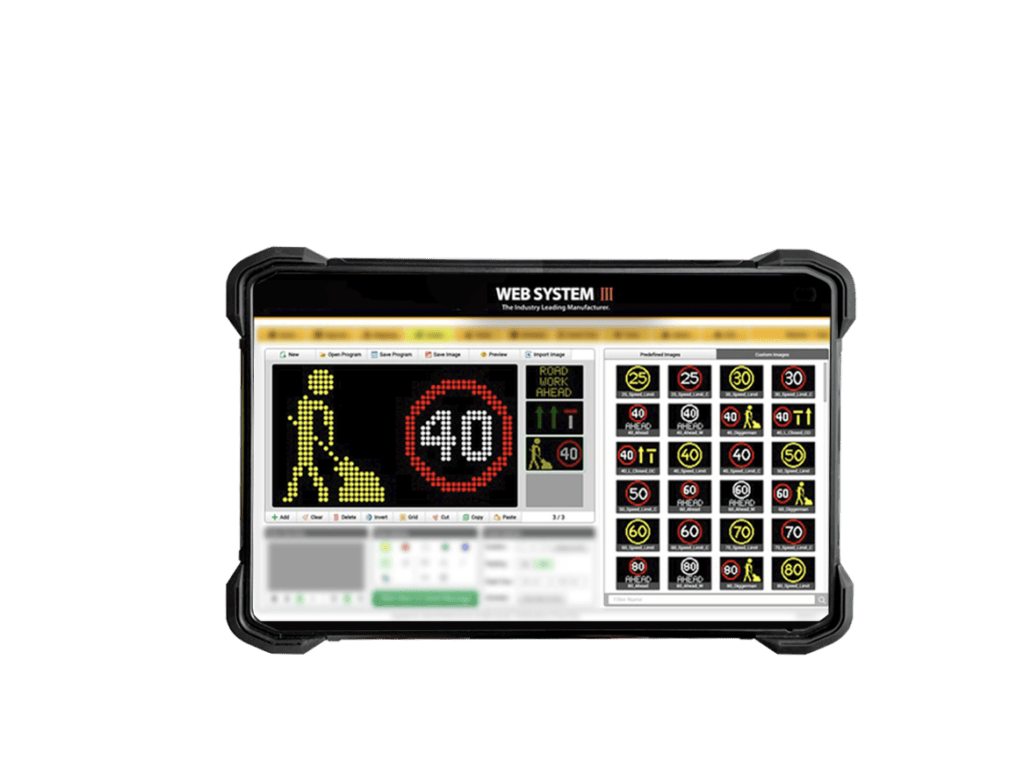
Customizable
VMS is customizable and offers a range of options that can be customized according to specific needs. OPTRAFFIC provides the following customization options, if you have other needs, please feel free to contact us.
Size & color: The size of the LED screen and the color of the trailer can be changed according to user needs
Solar Kit: Additional solar panels are available
Tilting System: The tilted frame structure of solar panels for better collection of solar energy
Speed Radar: High-precision speed detection system
Onsite Tablet: Handheld controller with WEB system for more convenient control of equipment
Mast Lock: Mechanical safety device

What Do VMS Boards Stand for?
ISO-9001 certified factory
ATSSA Association endorsement
NTCIP compliant
CE certified
IP65 compliant
Meets MUTCD
What Are the Other Names of VMS?
Variable Message Sign (VMS) is also known as:
Dynamic Message Sign
Changeable Message Sign
Variable Message Display
Electronic Message Board
Digital Message Sign
Portable Changeable Message Sign
Traffic Message Board
Roadside Message Board
Traffic Information Board
Traffic Management Display
How Much Does a VMS Cost?
There are two main options for acquiring VMS:
Although the initial investment may be high, in the long run, especially for organizations that require frequent use of this equipment, purchasing VMS directly may be more cost-effective. OPTRAFFIC offers electronic equipment at prices that are typically 30% lower than those found in the U.S. market.
For organizations or institutions that do not require frequent use of VMS, leasing can be a viable option.
For over a decade, OPTRAFFIC has been committed to providing electronic devices to various industries, including traffic, public safety, law enforcement, equipment rental, construction, and municipal services. As a trusted global leading electronic device manufacturer, OPTRAFFIC will continue to focus on innovation and quality. Thank you for your attention and support!

